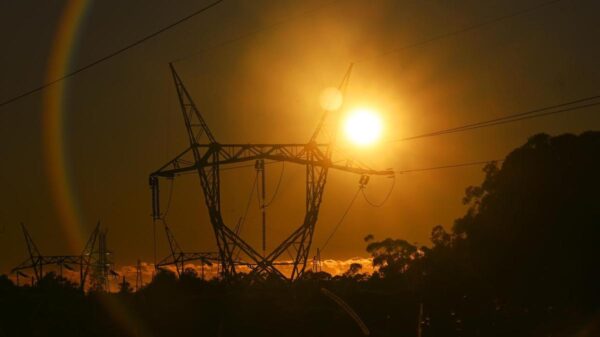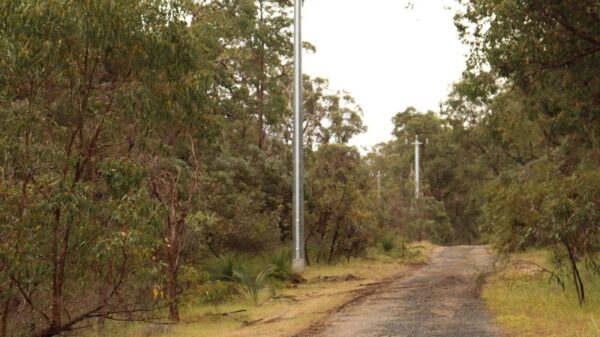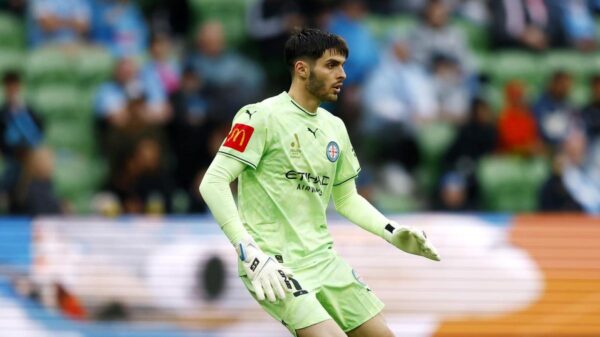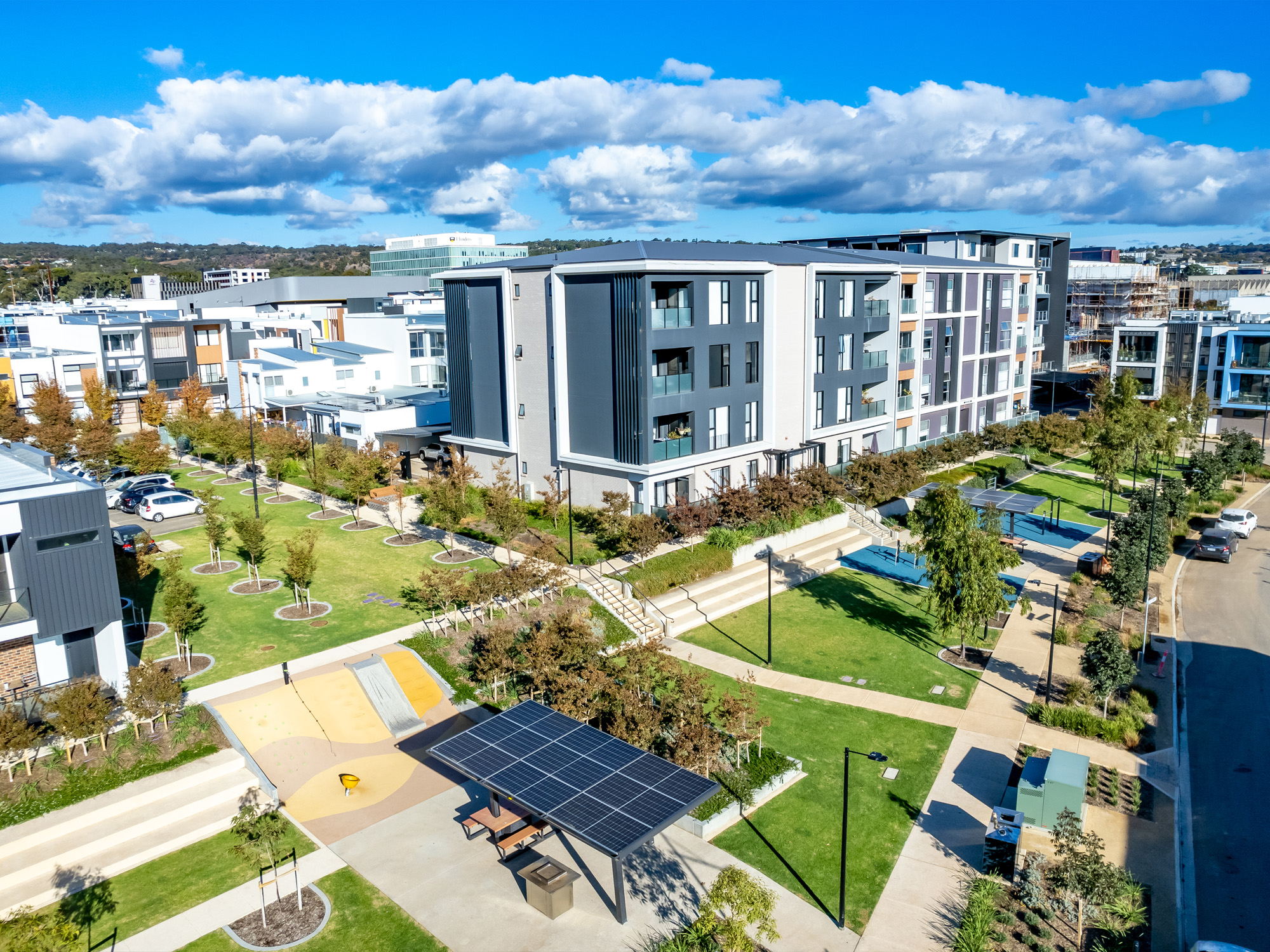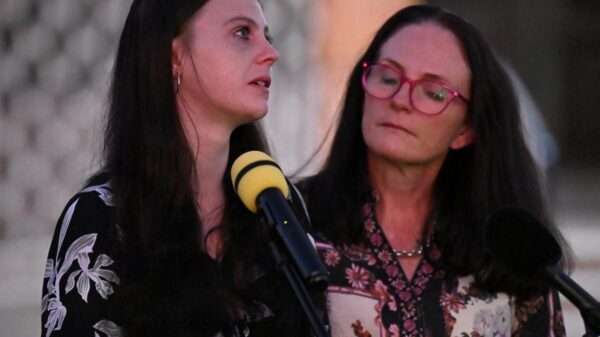Parks and gardens are redefining the landscape of Australian communities, enhancing their identity while influencing the sustainable future of the property market. Historically, urban green spaces in Australia were primarily reserved for the affluent, serving more as decorative elements than functional community areas. However, this perception has shifted dramatically as the country embraces a new vision of accessibility, livability, and sustainability in urban design.
Green Spaces as Indicators of Value
As property seekers increasingly prioritize affordability over expansive backyards, the importance of green infrastructure and amenities has surged. According to Sasha Tieleman, Senior Principal Landscape Architect at RPS, there has been a noticeable shift in the last decade towards creating well-integrated and accessible recreational areas within new communities.
Tony Gallagher, Chief Operating Officer of Peet, a residential developer with a history spanning over 130 years, emphasizes the vital role that green spaces play in fostering vibrant communities. “At Peet, we believe green spaces are the heart of thriving communities,” Gallagher states. “They connect people to their environment, to each other, and to a more sustainable future.”
Peet collaborates with a variety of experts, including planners and landscape architects, to ensure that green spaces are thoughtfully integrated into their developments. Tieleman notes that the strategic location of these areas is crucial, whether adjacent to existing habitats or aligned with natural corridors. This intentional planning maximizes the value of green spaces for residents.
Health, Liveability, and Sustainability Benefits
Research supports the numerous benefits that green spaces provide to communities. A study conducted by the Public Health Agency of Canada in 2019 highlights that urban green areas can significantly enhance air quality. Additionally, findings from the University of Western Sydney indicate that residents near these spaces are more likely to engage in physical activities.
Tieleman underscores the importance of green spaces for mental health and community bonding. “When well-integrated throughout a community, they offer comfortable, shaded, and connected networks of pedestrian and cycling paths,” she explains, facilitating a diverse range of activities suitable for all ages.
In the context of Australia’s hot climate, green spaces help mitigate the urban heat island effect. Research from the University of Melbourne shows that increased tree cover and urban parks consistently lower ambient temperatures, making neighborhoods more comfortable for residents.
Sustainability is another vital aspect of green spaces. Gallagher points out that they are crucial for supporting biodiversity, creating safe havens for native wildlife. The NSW Department of Planning and the Environment states that these areas can effectively manage stormwater, reducing potential property damage during heavy rainfall. Furthermore, the presence of large open green spaces can shield urban areas from fire threats.
Innovative Developments Leading the Way
Leading developers such as Peet are prioritizing sustainability in building future-focused communities. In 2023, Peet was recognized as Capital Finance International’s Best Sustainable Community Developer (Australia) due to their commitment to environmentally responsible practices.
Gallagher notes that sustainability is ingrained in Peet’s philosophy, with initiatives like water conservation, solar energy, and land restoration forming the backbone of their developments. For instance, Tonsley Village in South Australia features over 500 dwellings connected to a District Energy Scheme, powered by 17,000 solar panels, which supply approximately 40% of the district’s annual energy needs.
Community engagement in sustainability efforts is also a focus. Peet has launched several circular economy programs, including the Repair Cafe initiative in Western Australian projects, where residents learn to repair items rather than discard them.
Flagstone City, located less than an hour from Brisbane’s central business district, serves as a prime example of integrating green spaces within community planning. Gallagher describes Flagstone as a community where green space is foundational to the planning and design process. The development celebrates its natural surroundings, with parks designed to blend seamlessly with existing creek corridors and hilltops.
Tieleman, who played a pivotal role in the landscape architecture of Flagstone City, emphasizes the ecological benefits of their approach. By retaining existing greenery, the community not only creates immersive experiences for residents but also enhances biodiversity and habitat corridors across the area.
With 330 hectares of green spaces and plans to deliver 11,000 homes, each within 400 meters of a park or playground, Flagstone City embodies a long-term vision for community wellbeing and sustainable living. Gallagher asserts, “This is what it means to create a truly future-focused, sustainable city.”
As green spaces continue to evolve in Australia, they are proving to be essential not only for aesthetics but also for the overall health, livability, and sustainability of communities.












